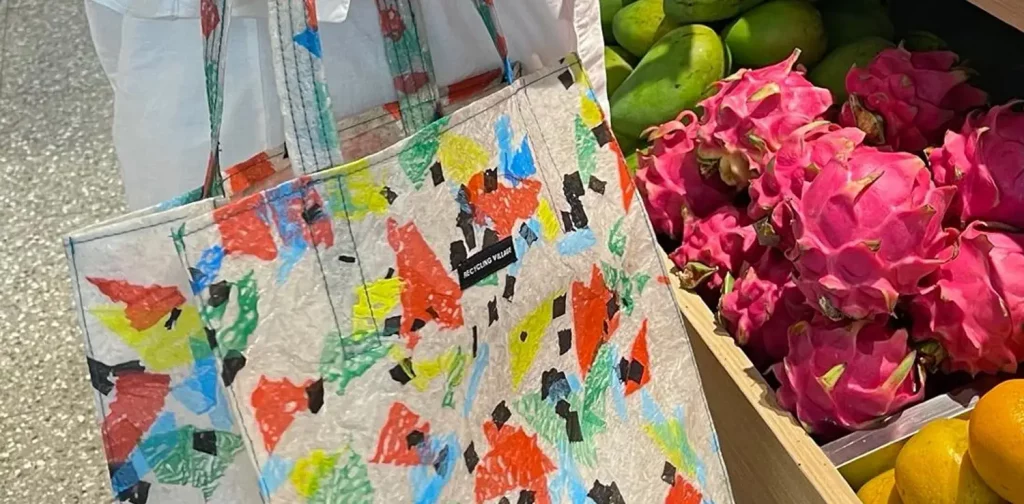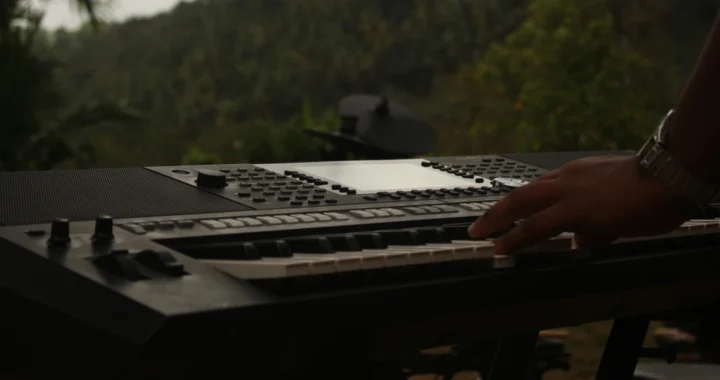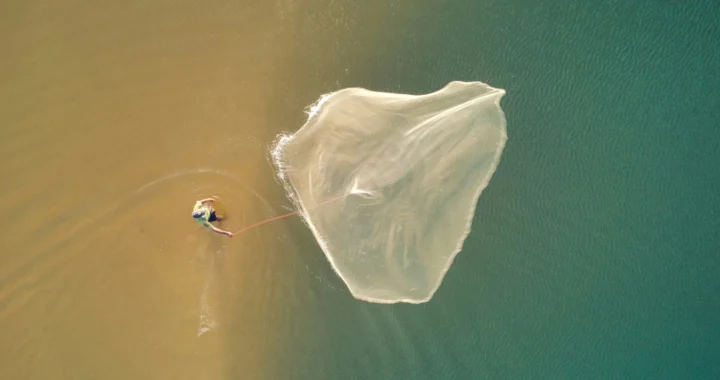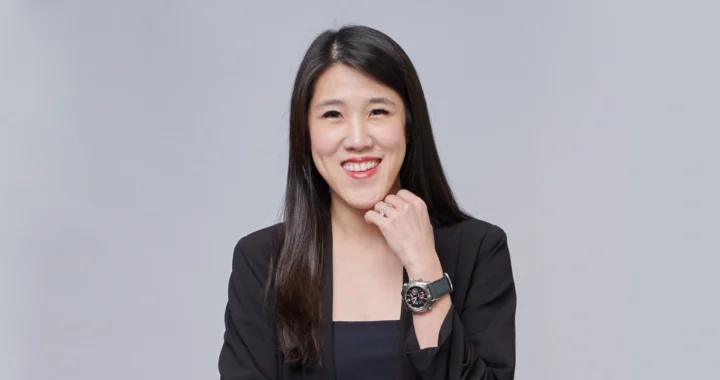Recycling Village, Making the Most Out of Plastic Waste for Fashion

Shopping Bag | Photo by Recycling Village
Minimizing Plastic Waste in Indonesia
According to a World Bank report, Indonesia produces roughly 7.8 million tons of plastic garbage. Around 4.9 million tons of plastic waste go uncollected, end up in open dumpsites, or pour out of poorly managed landfills. Due to low garbage collection rates, rural communities generate the most poorly managed plastic waste.
Some policy ideas to tackle plastic waste and marine debris are included in the publication, including promoting a circular economy. A circular economy, according to UNCTAD, comprises markets that encourage people to reuse things rather than trashing them and extracting new resources. This can help conserve the environment, better manage natural resources, establish new industries, create jobs, and develop new capabilities.
“Today’s goods are tomorrow’s resources at yesterday’s resource pricing,” as the saying goes.
Recycling Village
Recycling Village was founded to respond to the mismanagement of plastic trash in Indonesia’s rural districts. The brand doesn’t claim to be a ‘sustainable brand’. However, it aims to shape a generation that responsibly and sustainably sorts and manages their waste and build a future where women in the rural areas of Indonesia feel empowered.
Recycling Village is working on organizing waste-management educational activities for communities by establishing waste banks and performing recycling activities to ensure the circularity of plastic waste.
Its first workshop happened in Air Naningan Village, Lampung. Recycling Village has opened a waste bank for the residents to sort and collect their household plastic waste properly.
Since October 2021, they’ve managed to divert 150 kg of plastic waste from landfills and up-cycle it into 500 handcrafted fashion items such as totes, shopping bags, pouches, mini wallets, sling bags, and cardholders. Recycling Village collaborates closely with the women of Air Naningan Village for this project.
Circular Economy in Fashion
Recycling Village is an example of what the fashion industry can create: items designed to be used more often, made again, and made with safe, recyclable, or renewable materials.
A circular economy in fashion creates better products and services for customers, contributes to a resilient and thriving fashion industry, and regenerates the environment. It prioritizes the rights and equity of everyone involved in the fashion industry. It will create new opportunities for growth that are distributed, diverse, and inclusive.
Source: Recycling Village

Join Green Network Asia Membership
If you find this content useful, support Green Network Asia’s movement to create positive impact for people and the planet through public education and multi-stakeholder advocacy on sustainability-related issues and sustainable development. Get exclusive benefits for your personal and professional development.
Become a Member Now
Aliyah Assegaf
Aliyah is a Contributing Author at Green Network Asia. She graduated from Universitas Indonesia with a bachelor's degree in Social Welfare.


 Building Heat Resilience Amidst Rising Risk in the Asia-Pacific
Building Heat Resilience Amidst Rising Risk in the Asia-Pacific  Sounds Right and Recognizing Nature as an Artist for Biodiversity Conservation
Sounds Right and Recognizing Nature as an Artist for Biodiversity Conservation  Statewide Treaty Bill: Australia’s First Treaty with the Indigenous Australians Passed in Victoria
Statewide Treaty Bill: Australia’s First Treaty with the Indigenous Australians Passed in Victoria  Involving Coastal Communities in Tackling Ghost Nets Pollution
Involving Coastal Communities in Tackling Ghost Nets Pollution  An Interview with Jasmin Lim, Chief Marketing Officer at BH Global
An Interview with Jasmin Lim, Chief Marketing Officer at BH Global  The Monsoon Wind Power Project Supports Energy Transition Across Borders in Southeast Asia
The Monsoon Wind Power Project Supports Energy Transition Across Borders in Southeast Asia